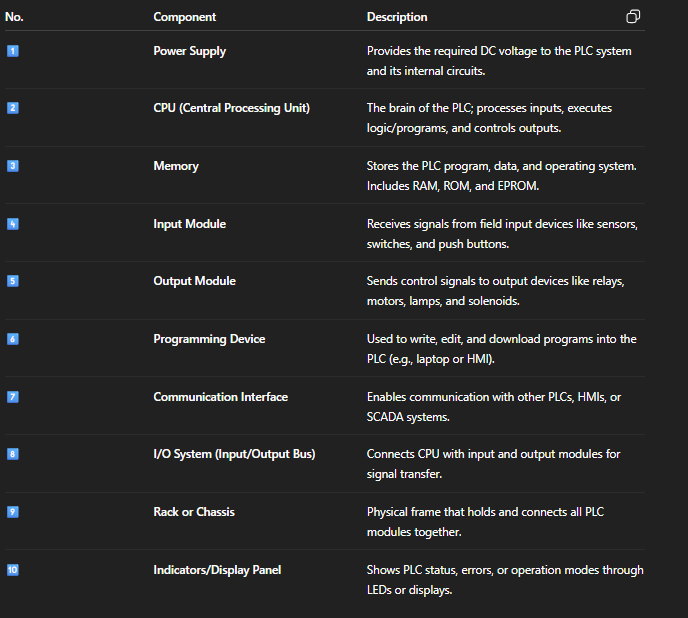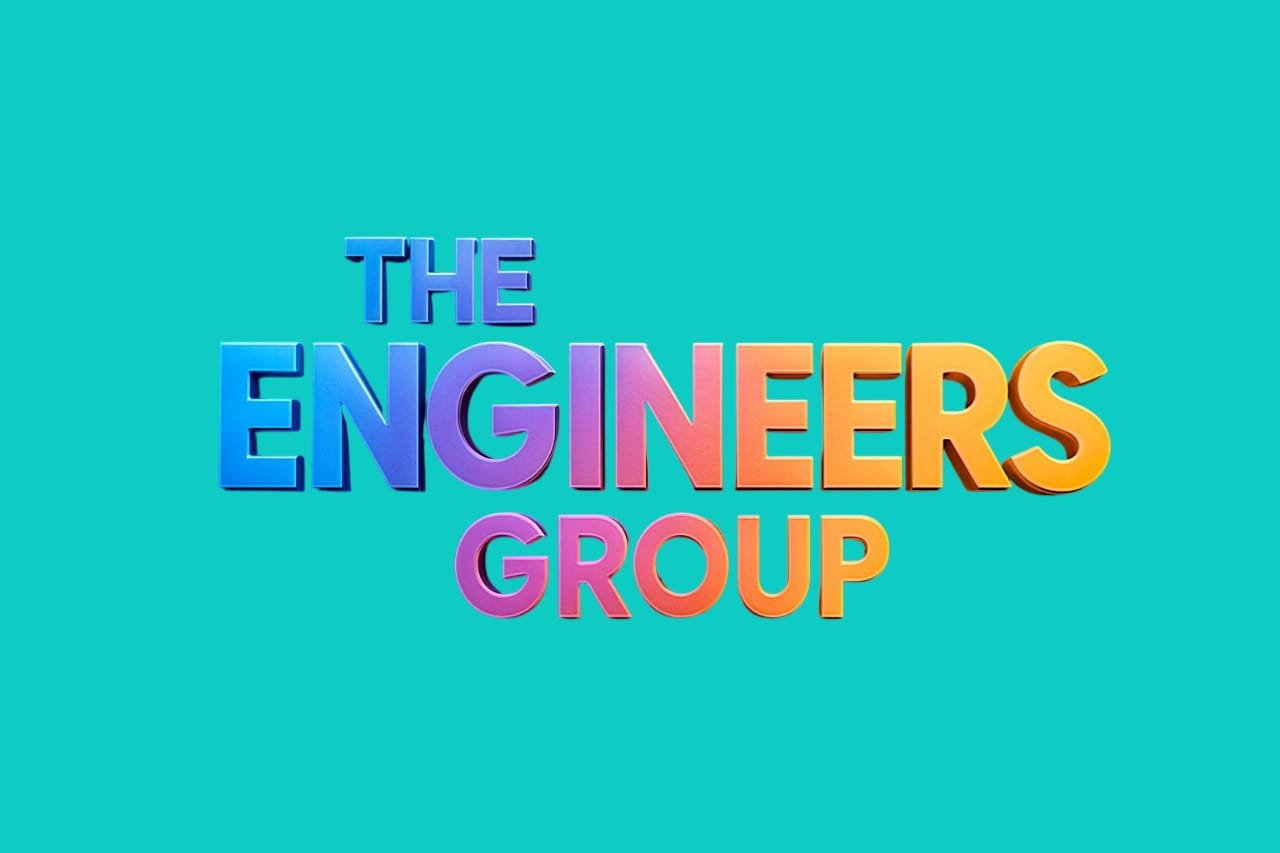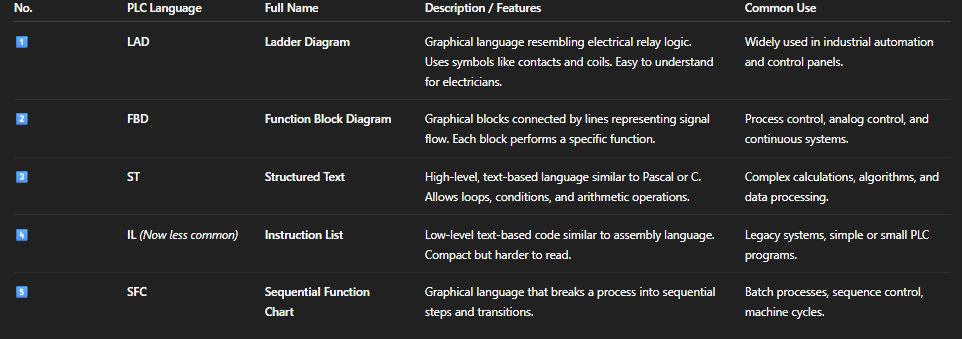What you will find on this page

- Introduction to Programmable Logic Controllers
- How Does a PLC Work?
- Architecture and Components of a PLC System
- Main Types of PLCs
- Advantages and Limitations of PLCs
- PLC Programming Basics
- Integration of PLCs With SCADA & HMI Systems
- Using PLCs With Ignition
- PLCs and the Industrial Internet of Things (IIoT)
- The Future of PLC Technology
- Conclusion
- FAQ
.Introduction to Programmable Logic Controllers
A programmable logic controller is a durable and compact device designed for industrial environments. It can handle vibration, temperature extremes, and electrical noise. Its main task is to automate processes that once required manual operation. PLCs are also known for their ability to continuously monitor and react to changing conditions using **PLC inputs and outputs**.
The idea behind the PLC was developed in the late 1960s to make factory control systems more flexible than traditional hard-wired panels. Over the years, PLCs have become essential tools in **industrial automation**, especially across the USA, where modern plants rely heavily on these controllers to run smoothly. They combine software control with physical hardware, allowing easy integration with **industrial sensors**, motors, valves, and other devices.
How Does a PLC Work?
understand **how does a PLC work**, think of it as a decision-maker between sensors and machines. It receives signals from input devices like buttons, temperature sensors, or switches, processes this data using its program, and sends commands to output devices like motors, alarms, or pumps. This simple yet powerful process forms the heart of **PLC communication in automation
To understand **how does a PLC work**, think of it as a decision-maker between sensors and machines. It receives signals from input devices like buttons, temperature sensors, or switches, processes this data using its program, and sends commands to output devices like motors, alarms, or pumps. This simple yet powerful process forms the heart of **PLC communication in automation
Architecture and Components of a PLC System
The **PLC architecture** includes several **parts of a PLC** that work together seamlessly. The **PLC CPU** acts as the brain, processing data and executing logic. The **PLC I/O modules** connect sensors and actuators, translating **analog and digital signals** into meaningful data. The **PLC power supply** converts electrical energy for system use, while the **PLC rack** holds and organizes the different modules
A table below shows the main components of a PLC system:

Main Types of PLCs
There are several types of PLCs, each designed for different applications. The **compact PLC** integrates all modules in a single unit and is ideal for small-scale systems like **PLC in smart buildings**. The **modular PLC** allows adding or replacing parts easily, making it perfect for **PLC applications in manufacturing
For larger plants, **rack-mounted PLCs** provide advanced features and scalability. These are often used in **PLC in robotics**, automotive lines, and power plants. A **soft PLC** runs on standard computers, providing flexibility for **PLC connectivity with cloud** and **industrial IoT (IIoT)** integration, which are essential for modern digital factories.
Advantages and Limitations of PLCS
PLC advantages and disadvantages** vary depending on application size and complexity. The main advantage is reliability — PLCs operate continuously without failure. They are also flexible, allowing engineers to reprogram systems when production changes. Another key benefit is reduced wiring and maintenance compared to relay systems.
However, the cost of a PLC setup can be higher for small projects, and engineers must have programming knowledge to use it effectively. Still, when compared to manual systems, PLCs remain the best solution for precise control, energy savings, and consistent performance across **automation devices** in American industries.
PLC Programming Basics
The brain of any PLC lies in its programming. **Ladder logic programming** is the most common, using visual diagrams that resemble electrical circuits. Engineers can also use **function block diagram (FBD)**, **structured text programming**, **sequential function chart (SFC)**, or **instruction list (IL)** to write control logic.
PLCs operate in two modes: **PLC run mode and programming mode**. In programming mode, logic is downloaded from a PC. In run mode, the PLC executes instructions. Below is a comparison of common programming languages:
Integration of PLCs With SCADA & HMI Systems
A **PLC and SCADA integration** is essential for large-scale industrial operations. The **SCADA system** (Supervisory Control and Data Acquisition) monitors and controls equipment through a central dashboard, while the **HMI (human machine interface)** allows operators to interact directly with machines.
The **HMI interface in PLC** displays real-time data, alarms, and performance statistics. Together, they use **PLC communication protocols** like **Ethernet TCP/IP**, **Modbus TCP/IP**, **Modbus RTU**, and **Profinet** to exchange data. This ensures that operators can visualize processes, perform **PLC data visualization**, and manage operations efficiently through **supervisory control and data acquisition** systems
Using PLCs With Ignition
**Ignition** by Inductive Automation is a powerful platform that connects directly with PLCs. It provides real-time analytics, dashboards, and visualization for all automation levels. Many factories in the USA use Ignition to improve **PLC monitoring** and performance tracking.
Through Ignition, engineers can view data, manage alarms, and perform maintenance using a single interface. It integrates smoothly with different PLC brands and supports various communication standards. When combined with a **PRTG monitoring tool**, it allows **PLC troubleshooting and diagnostics** in real time, improving efficiency and system uptime.
PLCs and the Industrial Internet of Things (IIoT)
The growth of the **industrial IoT (IIoT)** has made PLCs smarter and more connected. Modern PLCs can share data directly to the cloud, allowing remote monitoring and **PLC connectivity with cloud**. This connection enables predictive maintenance and data-driven decision-making in **industrial automation**.
In a smart factory, **industrial sensors** and **industrial actuators** connect to PLCs, sending and receiving data continuously. This interaction creates a digital ecosystem that increases productivity and reduces downtime. The USA leads in adopting IIoT-ready PLCs that bridge the gap between traditional automation and modern cloud-based control systems.
The Future of PLC Technology
The future of **PLC technology** is centered on intelligence, connectivity, and safety. PLCs are becoming faster, more secure, and cloud-enabled. Artificial intelligence and machine learning are being integrated to predict failures before they occur, improving **PLC life cycle** management.
New developments also focus on **PLC communication in automation**, where wireless protocols replace traditional wiring. As **industrial IoT (IIoT)** continues to grow, expect PLCs to become the digital heart of every smart factory, enabling more advanced **control systems** and real-time collaboration between humans and machines.
Conclusion
A **Programmable Logic Controller (PLC)** is much more than a control device—it’s the core of modern **industrial automation**. Its ability to handle **electromechanical processes**, manage **automation devices**, and integrate with **SCADA system** and **HMI interfaces** makes it irreplaceable
In
the USA, where industries demand precision and efficiency, understanding **what
is a PLC used for** is key to staying competitive. As technology evolves, PLCs
will continue to grow smarter, more connected, and essential for the factories
of the future
FAQ
What is PLC in simple words?
A PLC is a small industrial computer that controls machines and processes automatically using sensors and logic programs.
What are the 7 parts of a PLC?
The seven parts are the CPU, power supply, input module, output
module, memory, rack, and programming device.

